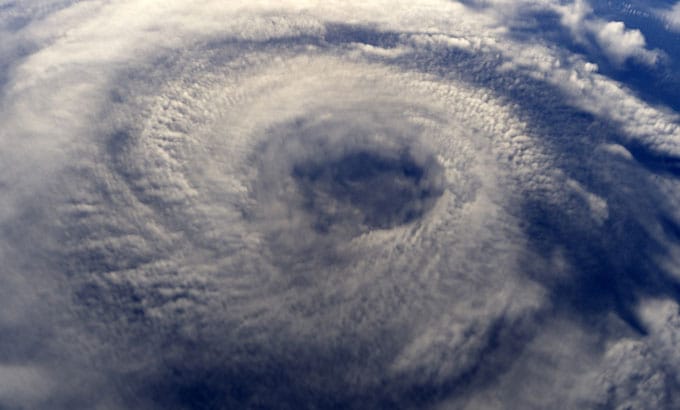Maryland Superstorm Sandy Response
When Superstorm Sandy struck the Mid-Atlantic region in 2012, Maryland was affected by both a rainstorm and a blizzard, causing power outages throughout Garrett County. The power loss increased the risk for carbon monoxide poisoning and exacerbated chronic medical conditions requiring power-dependent medical devices and medication storage. Maryland’s Department of Health and Mental Hygiene (DHMH) was prepared, having worked with local partners to implement a public health emergency structure capable of leading public health responses.
In response to Superstorm Sandy, the DHMH and Garrett County Emergency Operations Centers (EOC) were activated. A team of 27 people staffed the local EOC, including the PHEP-funded Garrett County public health emergency preparedness planner. The county opened three emergency shelters, one of which housed 119 vulnerable adults who had been evacuated from a nursing home experiencing generator failure.
The state and local EOC identified and called 880 vulnerable residents in the area, making contact with 430 residents. Community emergency response partners went door-to-door to contact those who could not be reached by phone. They deployed ambulance strike teams within two days, 50% faster than the Hurricane Katrina response in 2005, to assist with search and rescue, deliver medical equipment, and conduct wellness checks.
These actions drastically reduced potential surge on the healthcare system during an emergency and ensured that resources were channeled to the areas of most need.

When Superstorm Sandy struck the Mid-Atlantic region in 2012, Maryland was affected by both a rainstorm and a blizzard.
The Incident
Superstorm Sandy struck the Mid-Atlantic region in 2012, causing widespread power outages in Maryland.
The Response
The state and local EOCs were activated, and staff contacted 880 vulnerable residents. Ambulance strike teams provided healthcare to residents in need.
The Outcomes
These actions drastically reduced potential surge burden on the healthcare system during an emergency and ensured that resources were channeled to the areas of most need.